I step out of Ossington station into the summer heat, in search of a magical place called Site3. “Just cross the street, turn into the back alley behind the church, and look for the big red door!” the internet tells me. I have to convince myself to trust the internet, at least just this once. Sure enough, I find the big red door. A smiling Bi-Ying Miao greets me, sporting some neon Hot Pop Factory earrings. We take the stairs up to the lounge area, where her partner in crime Matt Compeau is starting up the 3D printer.
Bi-Ying and Matt, both graduates of UWSA, work out of a cooperative maker lab in Toronto called Site3, where they work and hang out with other artists and self-starters, and create and give birth to beautiful 3D-printed jewellery. What more could you want?
Oh, and not to mention, they’re basically famous:
Hot Pop Factory on National Canadian Television
And make sure to check out Hot Pop Factory’s website and blog.
Woo! Go Bi-Ying and Matt!
BRIDGE: When was Hot Pop Factory founded?
Hot Pop Factory:
(Bi-Ying) It began as a side project in August of last summer. Things have been going really well since then, gradually ramping up. Matt worked full time from the start while I worked part time, but I think things are really going to accelerate when I begin full time next month.
(Matt) For the amount of time we’ve been doing this, the attention we’ve been receiving has been pretty overwhelming. We didn’t set out to start a company; the project just gradually became its own monster. We’ve had to keep committing more time and resources to it.
So what is it exactly that you do?
(Matt) There are two sides to Hot Pop Factory; there’s the jewellery which everyone knows about, and there’s the service end to our business where we work with creative agencies, architecture firms, and advertising agencies and develop custom products and experiences with them.
(Bi-Ying) The services we offer are all based around digital design and fabrication. We help come up with creative solutions for the agencies we work with using parametric design, which usually leads to a build portion of the project where we fabricate the solution, whether it is a space, an object, or an experience.
(Matt) We also offer solutions using other types of new, emerging, open-source technologies (3D scanning for instance) and we find creative ways of applying those tools.
What would you say most inspired you to follow through with this idea?
(Bi-Ying) After graduating architecture we started interacting with a lot of other circles where we met amazing, creative people, many who are part of active communities in Toronto. They were all starting something or had ideas for start-ups, and they were all our age and maybe even younger. We realized we are part of a generation of self-starters.
(Matt) I’ve always wanted to start a firm of my own but once we began branching out in Toronto and seeing what was going on, these (3D printing) technologies became way cheaper. They became accessible to us and then it was all about empowering our ideas and making them real.
Where do you produce your jewellery?
(Matt) We design from everywhere; it’s pretty immersive. We work from here (Site3), we work from home, we work from wherever we need to be, but the type of 3D printing we do has limitations to its capabilities in terms of what shapes it can make and how detailed they are. We outsource some things to manufacturing partners for the products that we can’t make on our own. These companies have more advanced technology in that regard, and they’re local.
How much time does it take to produce a piece of jewellery from conception to construction?
(Matt) The speed of the print is directly related to the size of the object it is printing. One of those little pendants takes about an hour to print (see image below). Working within the reasonable time frame and the capabilities of the machine are our design constraints.
Who or what is your biggest influence in your work?
(Matt) There’s this maker movement, this cultural shift, that’s really prevalent right now; it gave birth to a space like this (Site3). The idea of decentralizing manufacturing—from big companies being able to afford it to now everyone being able to afford it—really inspired me to become involved in this maker movement, and hopefully we will find a way to empower other people to do it too.
(Bi-Ying) For me I’d say it’s more of a contextual influence rather than a specific example; we actually struggle with not having any mentors because a lot of what we do doesn’t really have a precedent. We’re just kind of finding our own way, feeling around. But what we’re trying to do is mainstreaming the technology that we are familiar with and the technologies that are becoming prevalent in certain circles. So when it comes to that, I don’t know, maybe pop music. I’m inspired by the fact that it’s very difficult to make something/create something that everyone can understand and digest. I think the reason we did jewellery is that we wanted to make things that people could wear and have a relationship with. I’m also really inspired by our times and our technology, and the fact that the people around me are all so inspired and motivated.
What have you learned through this design process that you could see benefiting an approach to architectural design (or vice versa)?
(Bi-Ying) The longer I’ve been away from school, the more I think it’s important for design to be very closely related to marketing, promotions, or business operations. We’re finding that we do very little designing in comparison with the logistics that’s required to be successful.
(Matt) Although there’s this motion in architecture right now to interact and engage with the people who will be using the space, I still think the kind of architecture/design mentality is slightly “ivory tower-like”, and when you get down and dirty and your product has to come up against the real world, your platonic, ideal design gets thrown in the trash because regular people either aren’t educated enough to engage with it or you were doing something that was actually a lot less relevant than you imagined. When the rubber hits the road everything is a lot different.
(Bi-Ying) The challenge is meeting those limitations. These issues don’t really come up when you’re doing your studio project; you’re given some limitations but really there are none, which is good as an educational thing, but the confrontation of a real project becomes a big shock. Having a consumer product, appealing to customers, and pricing that product… that’s real. I think there are different degrees of that and it definitely fits into architecture.
(Matt) If I could put a more positive spin on it, design needs to be more holistic; the budget of the project is part of the design, and delivering things on time is part of the design considerations. If you just ignore that stuff—which you have the luxury of doing in studio—then you’re making something that, in a sense, is not useful to anyone. It has to meet the needs of all the stakeholders as well as the wider community and your vision as the designer. That’s the reality and challenge of the situation; you don’t get this complete freedom as the architect, which we all would love.
Is there anyone you wish to collaborate with in the future?
(Matt) We want to collaborate with everyone. In a sense we are always collaborating with people; we’re networking and talking to people all the time and trying to find ways we can work together. We are big fans of our Professor Philip Beesley’s work, and if the opportunity arises we’d love to work with Philip someday-we’ve talked to him a little bit about that. We would also like to continue collaborating with other organizations. There’s an organization in town called Ladies Learning Code—a not-for-profit organization that teaches technology skills to women—and we’ve ended up collaborating with them a lot, leading 3D printing courses in order to diversify what they offer, and having a women-centric focus is nice because technology is unfortunately a male-dominated field. It helps make new technologies more accessible to a broader demographic which fits with our company mission really well.
What computer software do you use to model the jewellery?
(Matt) We actually build a lot of our own software. Most of the approach is designing with code. We still use tools like Grasshopper for Rhino for doing parametric design, but one of the important things about any art form is if you want to progress the state of the art, then you have to be able to build your own tools. Otherwise, you’re constrained to being able to do the things someone else said you could do, which is ultimately the same thing that everyone else does. So if you really want to make something new you have to make the tools that you need for yourself.
Other than jewellery, what other work have you done as a team?
(Matt) We’ve done a sculpture for the textile museum of Canada; it was a project where we took the classic Eames chair and reinterpreted it. We also did a 3D printing kissing booth recently, which was really cool because any project that engages other people—just people off the street—is always really fun. We also made these custom Pez dispensers for Christmas where we scanned people’s heads and put the 3D printed head on a Pez dispenser.
How much effort is put into press and getting your name out there?
(Matt) It’s always an important focus. No one as a professional is going to make their entire career working at one company anymore; you’re responsible for your personal brand—like having a blog or twitter account—and cultivating your network. The main lesson is that unless you do something and publish it and put it out there to the world, it’s as if you never did it. Whenever we do something it’s always just as much work to document it and share it, but that’s just as important as actually doing it in the first place, because otherwise it’s like it doesn’t exist.
Where can people purchase your products?
(Matt) There are a few stores in Toronto that sell our jewellery, it depends on which neighborhood you’re in; the AGO sells it, there’s a store in Kensington Market that sells it, and there’s one on Queen Street.
(Bi-Ying) We’re dotted around. We are going to actively pursue wider distribution in the next coming months, but right now we are in a few places locally.
How do you hope to change or expand in the future?
(Matt) We would love to open our own storefront. What we’re thinking—because we have a 3d printer and we are gradually getting better tools—is we might actually start offering these tools as a service to students. Our ultimate ambition would be to have a storefront where that can happen, and where we can run workshops and make it kind of like a small community centre around making.
Any advice for our architecture students?
(Bi-Ying) It’s the best time of your life! Enjoy it! I totally took a lot of the resources for granted when I was there. Don’t get consumed by your studio projects, talk to everyone, talk to master students, talk to professors. The professors at Waterloo are the most accessible people. If you went to another university, you wouldn’t be able to build a relationship on a first name basis. All the relationships built at the school are very valuable. I really encourage more interaction within that community, and it’s good to know that there are communities outside of the architecture bubble that are very different and have a very different mindset; these are the people that are going to be ruling the city, the people who are going to be on the council when you’re trying to get your project passed, people who are in the start-ups that you might want to be collaborating with one day.
After living and thinking within the architecture bubble, I realized how much we were missing out on, but I also learned how much us architecture students had to offer for the people outside of the architecture community. We are very skilled people and we have a lot of ideas but we also know how to execute them, which is a very important asset that a lot of industries can benefit form. Matt and I learned that we were valuable to others once we found out there was this whole other world out there. The reason us students are so talented is because so much is being invested in our education at Waterloo. Just keep your mind open and look out for other industries creeping up. Things are changing really fast. Learning to code is one of the things we are realizing we need to do.
(Matt) The architecture program at Waterloo is fantastic, we loved it, I’m sure most people that go through love it, and it has brought us to where we are today. But everyone should be aware of its central weakness in that it’s extremely insular, physically in terms of where it’s located, socially in terms of the network of people you know there, and ideologically as this feedback loop where all of the same ideas are passed around. Don’t get me wrong, all of this is great because the program is like this intense community where your ideas can develop really quickly, but just be conscious of the fact that that’s not the totality of the world and that there’s all this other stuff out there and a lot of it is really valuable and you are likely somewhat blinded to it.
And the other thing is to learn to code. No matter what you do, there’s probably no greater skill you can develop right now. Especially in an area like architecture—where that’s not a skill set that’s widely held—it’s a huge asset to be able to do that in an environment where no one else can. Knowing how to code is totally central; it will supplement whatever you’re doing, no matter what direction you’re going in.
Nicole Ratajczak, currently the Editorial and Graphics Director for BRIDGE, has been a contributor since January 2013. She is in her second year of undergraduate studies at the University of Waterloo School of Architecture.


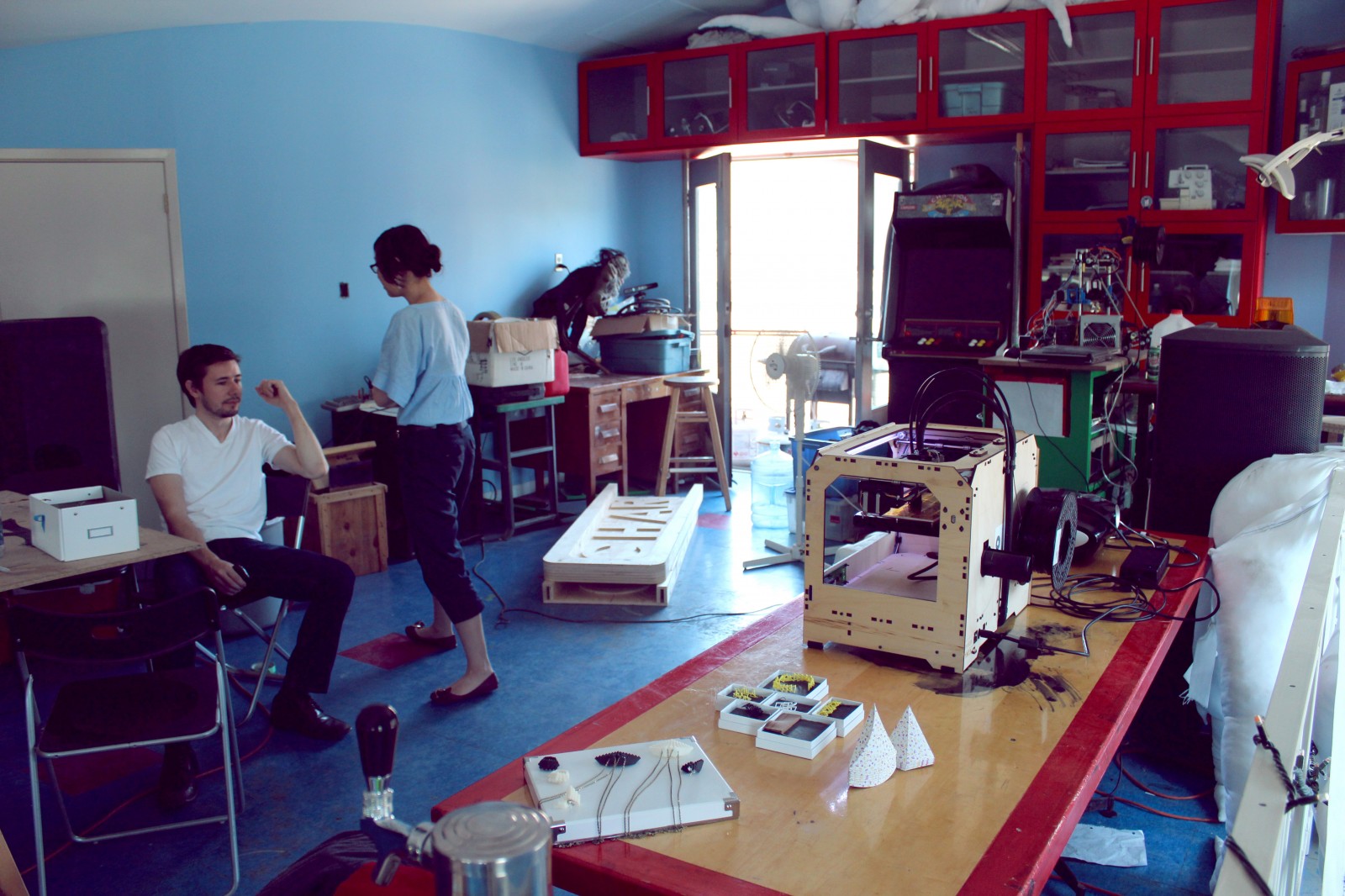
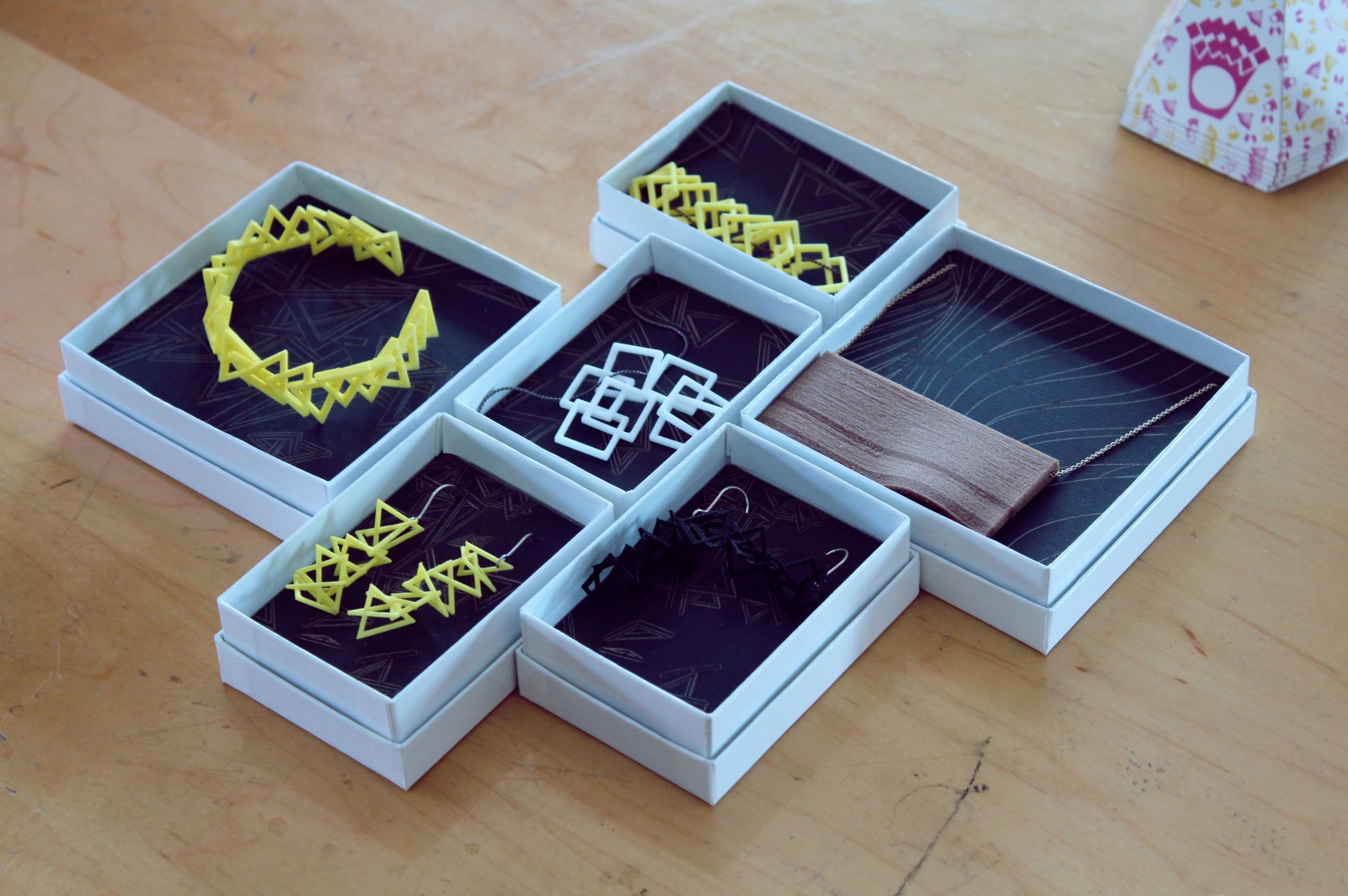
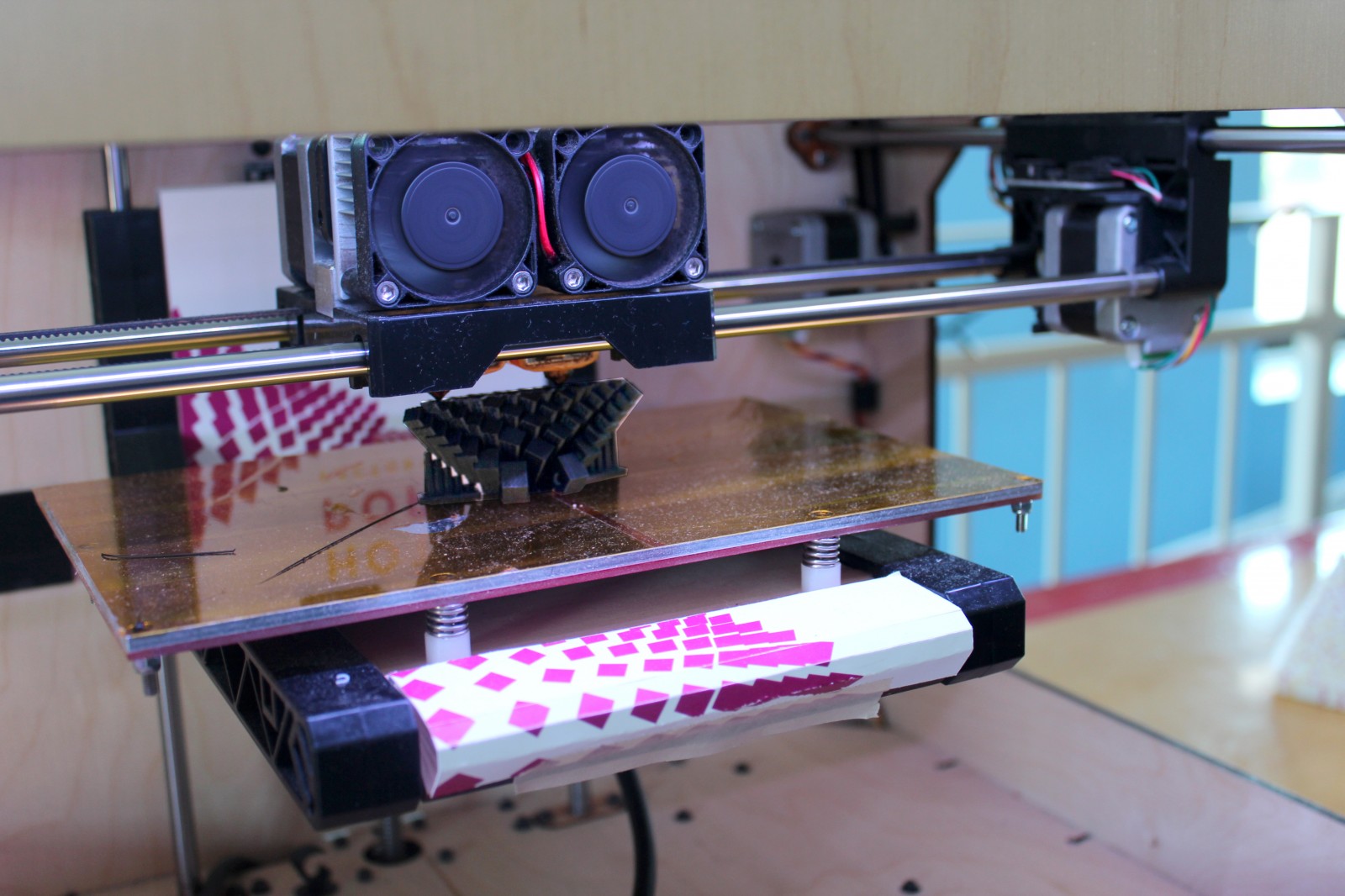
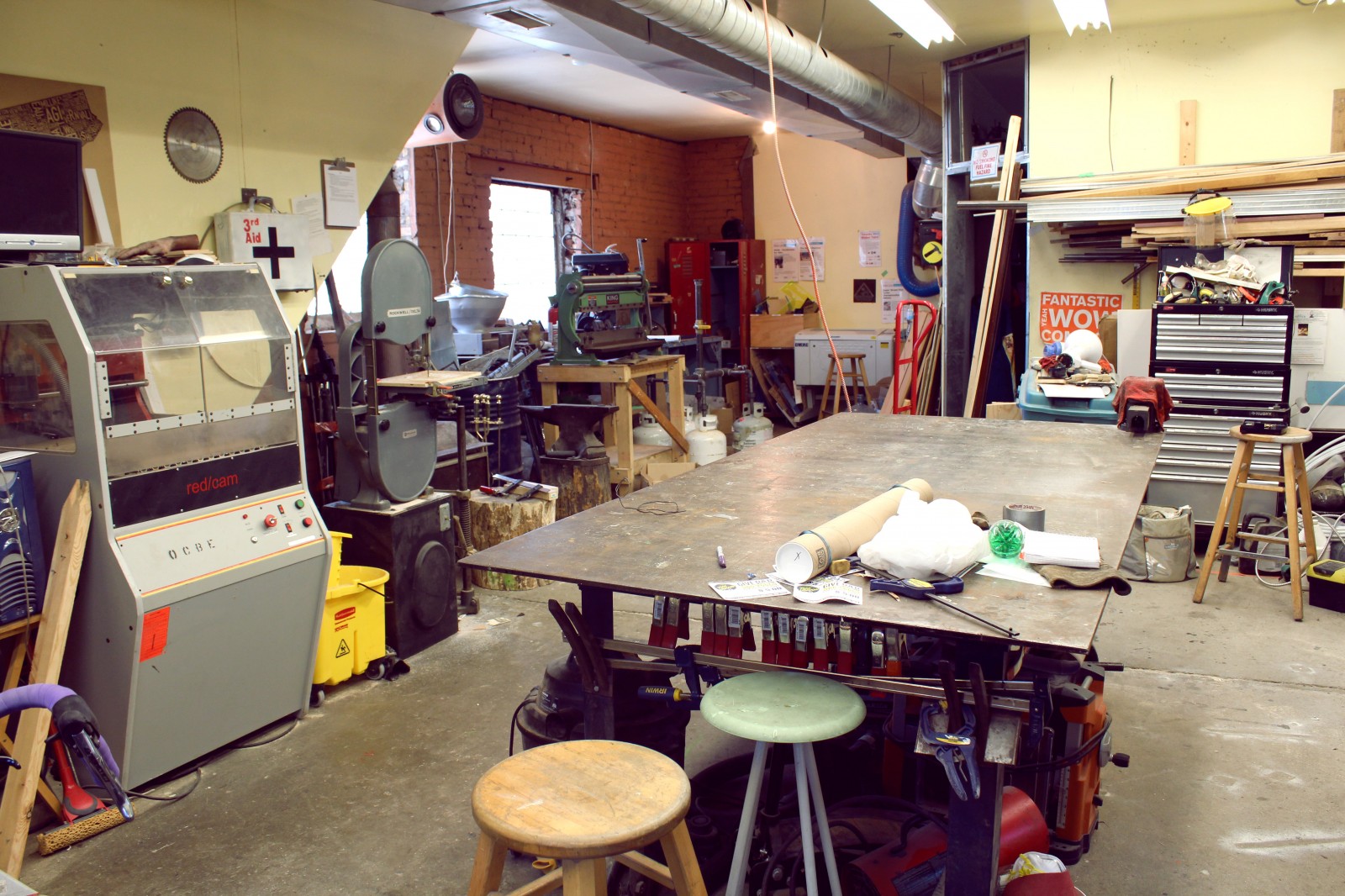
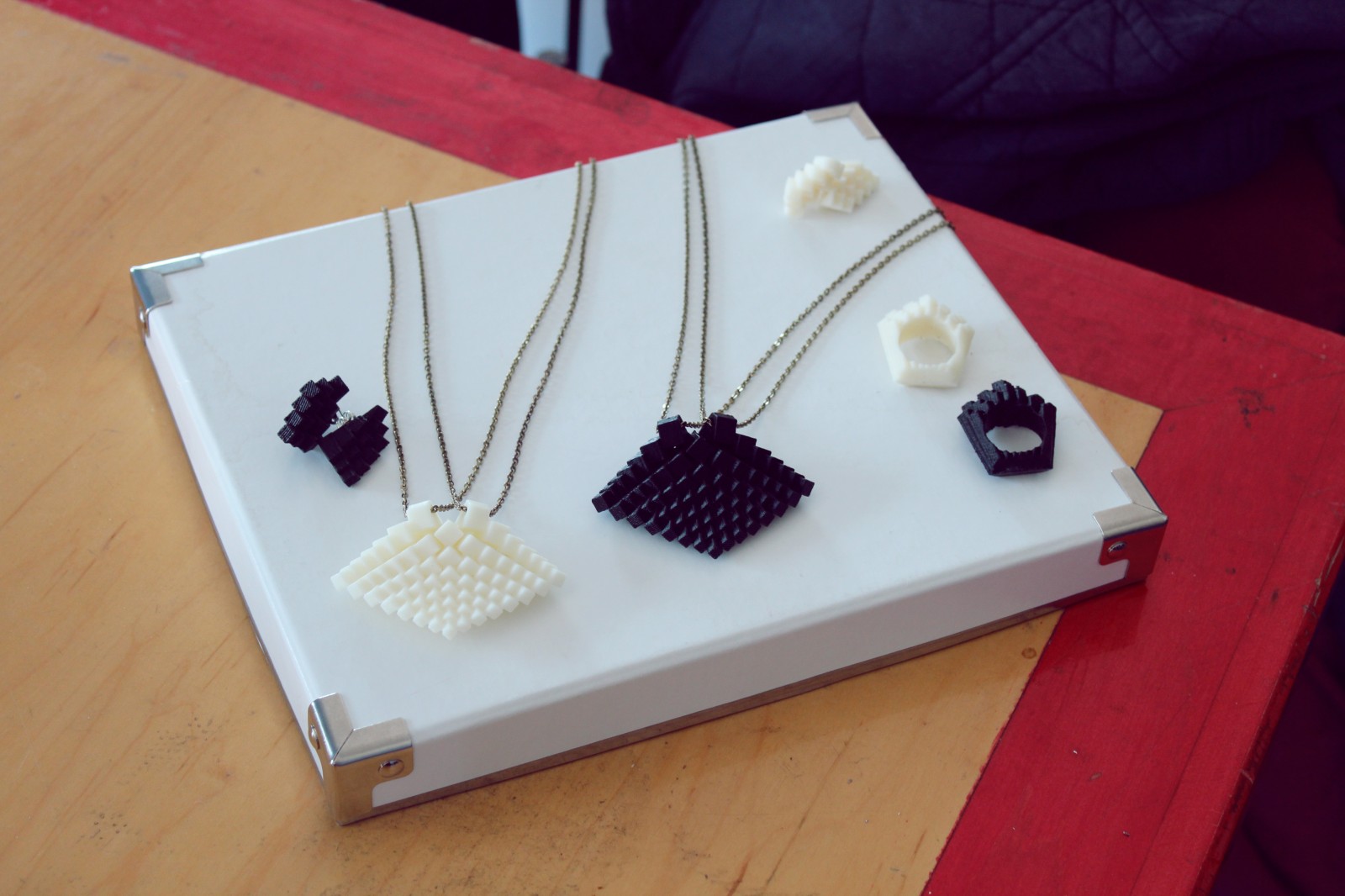
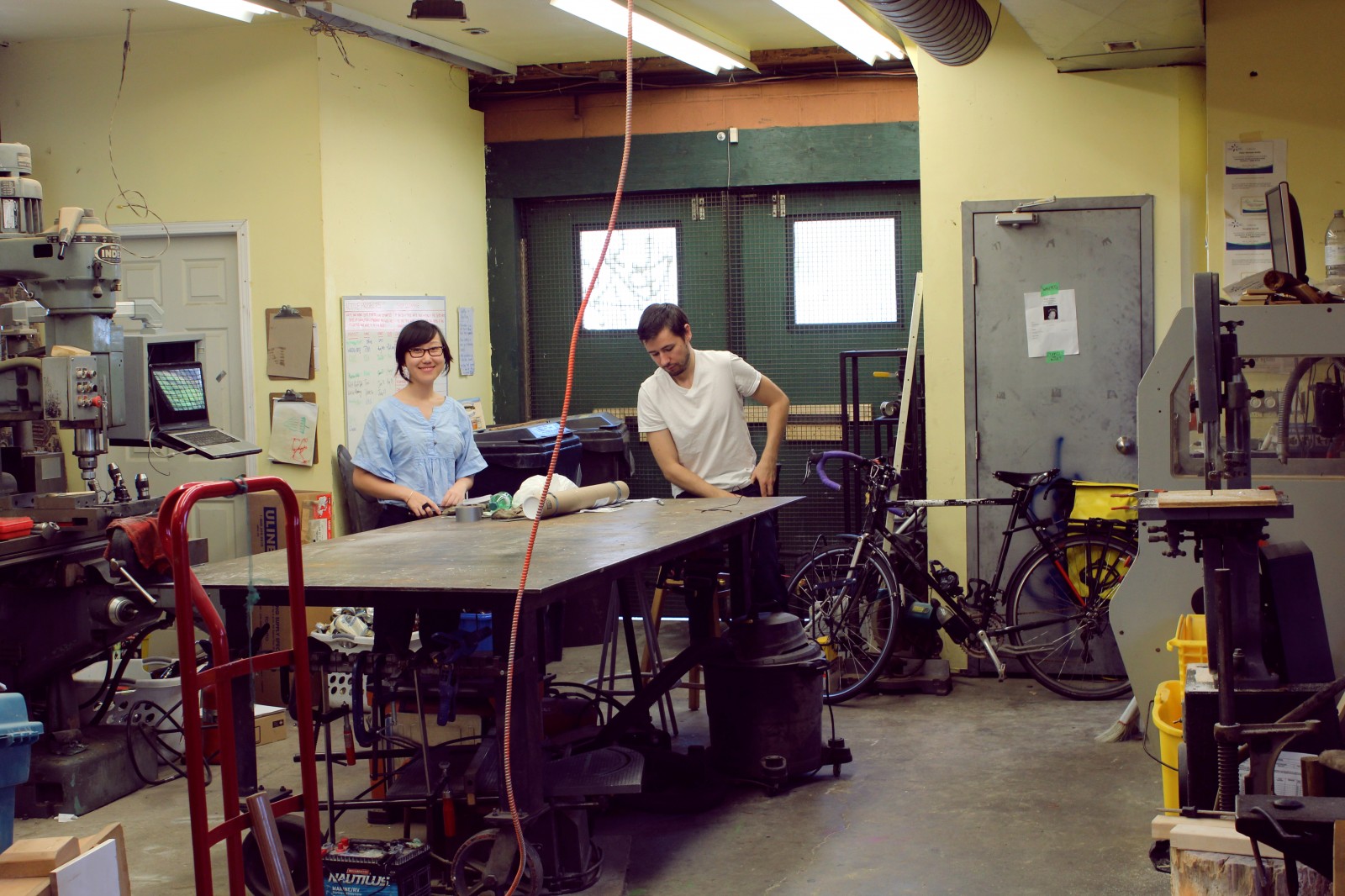
Leave a Reply